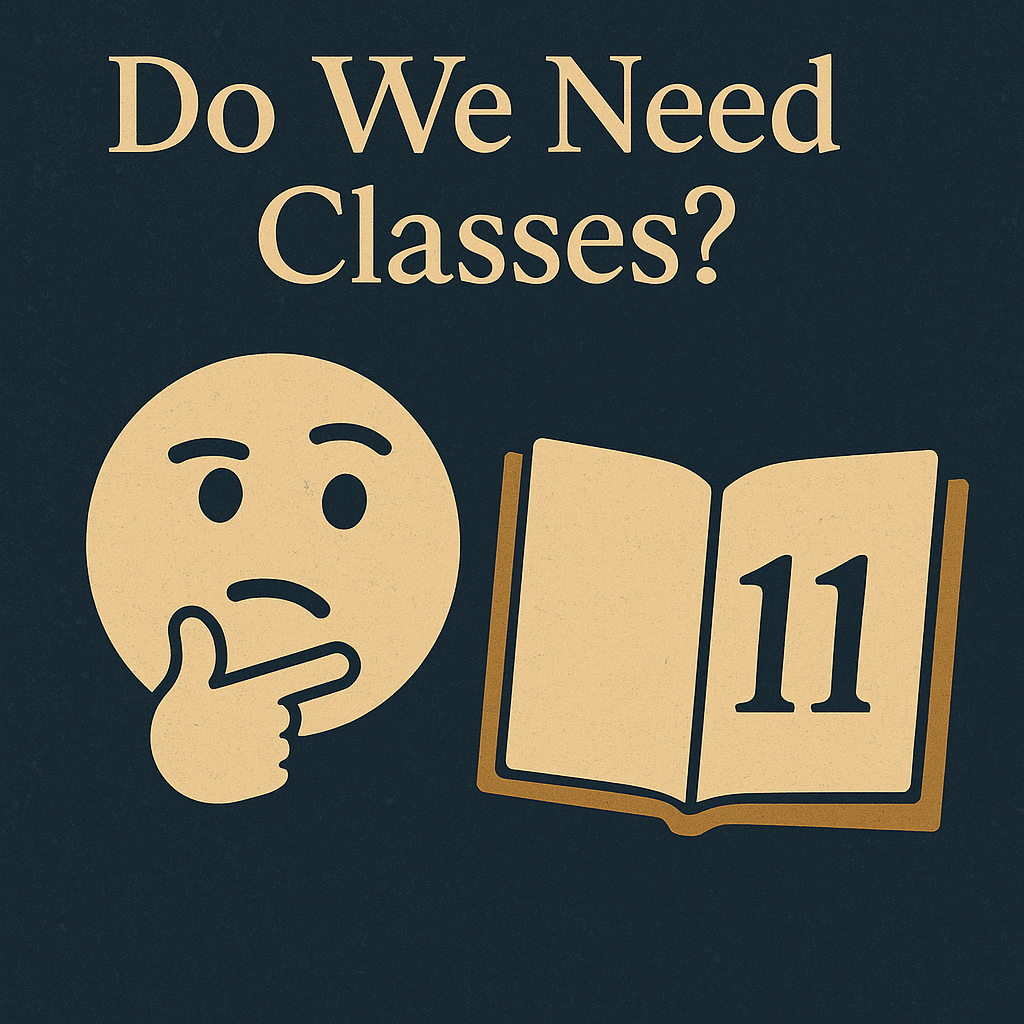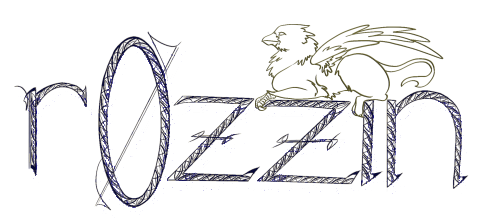Open11 Core Rulebook (Draft)

Note: This is a mockup draft document meant for refinement, playtesting, and potential publishing. Front/back covers are not included in this 12-page core structure.
Page 1: Welcome to Open11 Welcome to Open11, a classless, trait-driven tabletop RPG designed for story-first play and open-ended growth. There are no stats, no races, no levels—only choices, consequences, and the echoes of your past. This system is built on the number 11: 11 traits, 11 flaws, 11 encounter powers, 11 threads, 11 core rules. The 12th of each is left open—for you to create.
Page 2: The Core Mechanic
- Roll 1d20 vs a base DC of 11.
- Traits reduce the DC; Flaws or circumstances may increase it.
- No attributes. Success comes from how you’ve grown, not what you were born with.
- Example: Climbing a wall (base DC 11). Trait: “Urban Climber” (–2 DC) → DC is 9. Roll 1d20.
Page 3: Traits & Flaws
- Choose up to 5 Trait points at character creation.
- Take Flaws (up to 3) to gain more points.
- Trait levels: Trained (–1 DC), Skilled (–2), Expert (–3), Master (–4).
- Flaws increase DCs or trigger narrative consequences.
- 11 sample Traits + 11 Flaws. The 12th slot: Create your own.
Page 4: Threads (Backgrounds)
- Each character can have up to 3 Threads.
- Threads represent life experience. Each gives: 1 Trait or Flaw, 1 knowledge/contact, 1 worldview shift.
- Example Threads: Line Cook, Rebuilt Survivor, Lost Acolyte, Skywatcher.
- Threads can evolve or be added during play.
Page 5: Encounter Powers
- Each character begins with one Encounter Power.
- Powers can be used once per encounter and are impactful, story-driven moves.
- 11 example Powers include: Voice Like Fire, Wound the World, Echo-Sense, Ghost-Step.
- The 12th slot is left open for signature player-made abilities.
Page 6: Combat Rules
- Flat damage: weapons deal static damage (e.g., dagger 2, sword 3, axe 4).
- Traits add situational bonuses (e.g., “Brutal” +1 vs unaware foes).
- Armor affects DC to hit (+1 light, +2 medium, +3 heavy) and absorbs damage via a d6 roll.
- Combat is quick, brutal, and story-driven.
Page 7: Social & Exploration Mechanics
- Social: Influence scenes using Traits like “Silver Tongue” or “Truthbreaker.”
- Exploration: Use Traits like “Echo-Sense” or “Wayfinder” to unlock hidden paths, bypass puzzles.
- Fail forward: consequences still drive the story.
Page 8: Growth Without Levels
- No XP. You grow through reflection, downtime, and quests.
- Traits improve with usage or learning.
- Flaws can be overcome—or transformed.
- GMs and players collaboratively shape advancement.
Page 9: Downtime & World Flags
- Downtime: recover, train, bond, research, build.
- World Flags: track world-altering decisions (e.g., “The Queen Fell,” “The Sigil Burned”).
- Flags ripple forward, changing future storylines and modules.
Page 10: GM Guidance
- Ask questions instead of prepping every answer.
- Use the Rule of 11: 11 options, 11 paths, 11 truths—and always one chaos echo.
- Encourage custom traits, flaws, powers, and flags.
- Keep tension with light mechanics and strong story beats.
Page 11: Conditions, Death & Healing
- HP starts at 11. Modified by Traits (+1) or Flaws (–1).
- Damage is applied directly unless soaked by armor.
- At 0 HP: fall unconscious, gain a lasting wound or flaw.
- Healing comes from downtime, allies, or powers.
Page 12: Begin the Game
- Quickstart Checklist:
- Choose 5 Trait points.
- Take up to 3 Flaws (optional).
- Pick or invent 1 Encounter Power.
- Write 1–3 Threads.
- Set starting HP (default 11).
- Choose a Guiding Question.
- Begin your story.
You are the 12th.


